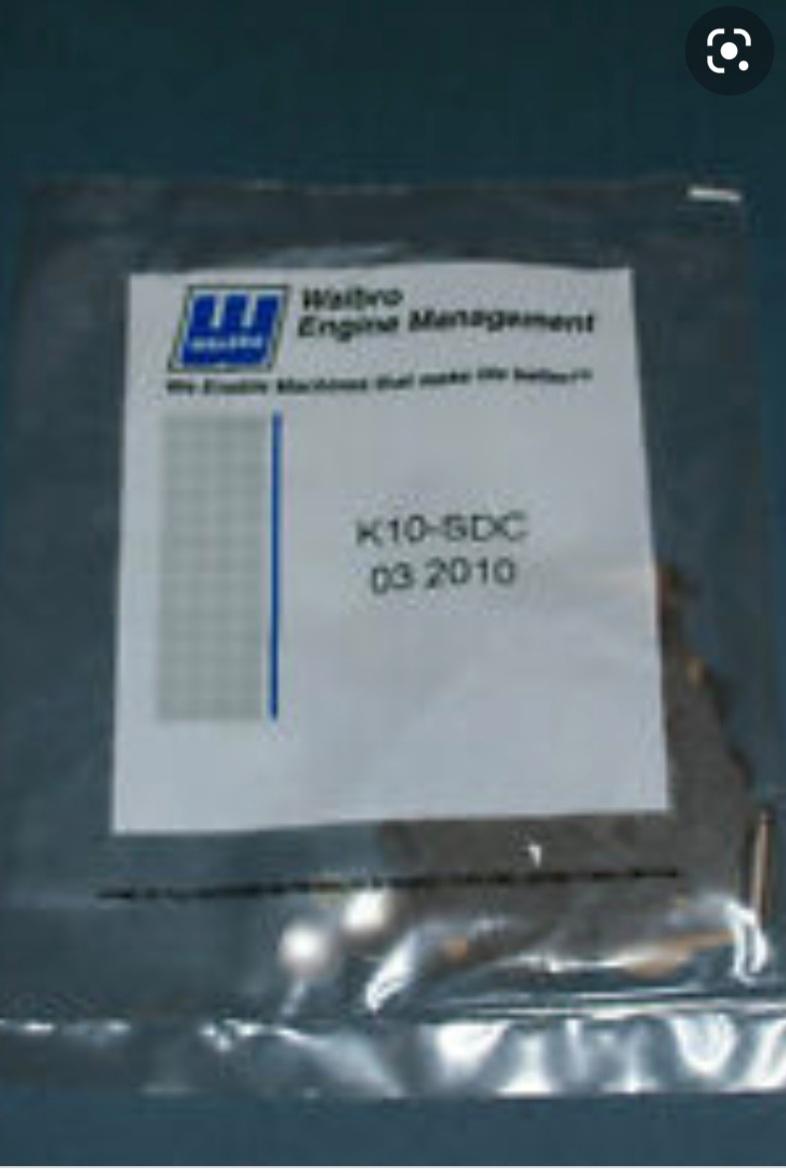Actually now that I think about it, the other method of handle isolation is by using a flexible throttle cable from the trigger to the carb.
I hereby stand corrected, but I'm not aware of many such saws that use that method just to eliminate the intake boot for the sake of rigidly mounting the carb to the cylinder..., which in and of itself creates a higher probability of vapor lock due to excessive heat transfer -- never mind the a/v.
I'm still interested in some examples.
A few more Poge.
Husky 61, 266, 268, 2100, Poulan 3400-4000, the big Counter vibes, Jonsered 630, 80, 90, 801.
The rubber boots only isolate the carb for heat. When they bounce around none of that is transmitted directly to the handlebars.


















